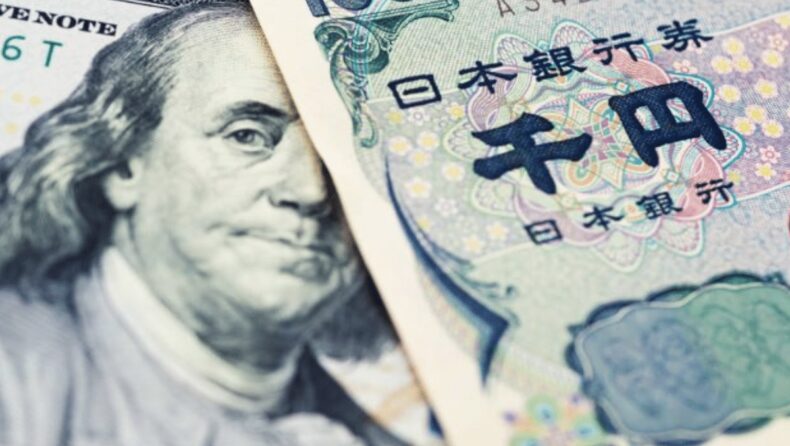The Japanese yen rose as much as 0.8% to a session high of 131.36 per dollar in Asian trade, following a Yomiuri report that the BOJ will review the side effects of its monetary easing at next week’s policy meeting and may take additional steps to correct distortions in the yield curve. The yen was last bought at 131.70 per dollar.
Table of Contents
Current Market Situation
As per the reports the Yen jumps to 0.8% to 131.385 per dollar. We can see that Yen has been to steady run against the U.S. dollar in recent months. This is due to various factors including increased demand for safe-haven assets amid global economic uncertainty, as well as expectations of monetary policy divergence between the Federal Reserve and the Bank of Japan.
The yen got a boost on Thursday on expectations that the Bank of Japan will review the side effects of its monetary easing, while the dollar held near a seven-month low against the euro ahead of U.S. inflation data later in the day.
What is causing the rise in the Japanese yen against the U.S. dollar?
US Fed aggressively raised the main interest rate to tackle the rising cost of living, whereas It can be seen that the Japanese kept their interest rate low while the US rates were increasing.
Higher interest rates tend to make a currency more attractive to investors.
As a result, there is less demand for currencies from countries with lower rates and those currencies fall in value.
We can also see a decline in the population of Japan after 1971 which plays a crucial role in today’s time.
The Effect of Inflation on Currency
Japan relies on consumer demand and wage growth in 2024 to match inflation. Japan wants inflation that is led by demand and higher pay, rather than the current cost-push inflation driven by high commodity prices and a weak yen.
Yen has almost lost over 20% of its value against dollars in the past year but now we can see it’s catching up real quick due to the change and adaption of a new monetary policy implemented by the Central government.
It is now been considering a safe haven currency and on average appreciates against the US dollar. The analyst keeping their hand strong over the Yen and betting on it to be stronger in the coming year.

Dollar Against the Rest Of The World
Elsewhere, the dollar was a touch higher ahead of the closely watched U.S. inflation data, which could provide more clarity on how quickly price pressures are easing in the world’s largest economy and the impact on the Federal Reserve’s rate-hike path.
The U.S. dollar index was up 0.1% to 103.25, not far off its seven-month low of 102.93 hit earlier in the week.
Expectations that the Fed may be nearing the end of its aggressive monetary policy tightening campaign and that it may not have to raise rates as high as previously feared have already sent the greenback tumbling to multi-month lows against its peers this year.
“There’s a coherent message of an easing of price pressures in the United States, so even if you get one upside surprise to CPI that wouldn’t completely undermine the trend,” ING’s Turner said.
“Last Friday’s sub-50 ISM services data add to recessionary fears and that supports the soft dollar backdrop where the Fed would be allowed to ease policy later in the year,” Turner added, with ING forecasting a further 50 basis points of rate hikes this year before 100 basis points of cuts in the second half.
Sterling slipped 0.1% to $1.2140, while the euro was 0.1% lower at $1.0747, after rising to a seven-month peak of $1.07765 in the previous session.
The euro continues to find support from hawkish messaging from European Central Bank officials, with four calling for additional rate increases on Wednesday.
“Our expectations are for another 125 basis points of rate hikes from the ECB and stay there until 2024,” ING’s Turner said.
“Our core views for Fed policy versus ECB policy would be for a stronger euro-dollar through the year.”
The Aussie slipped 0.2% to $0.6893, while the kiwi fell 0.3% to $0.6344.
Data released on Thursday showed that Australia’s trade surplus unexpectedly widened in November and came in well above forecasts.
China’s offshore yuan last stood at 6.7589 per dollar, after hitting a five-month high of 6.7545 per dollar earlier in the session, on optimism that China’s economy is on the road to recovery.













